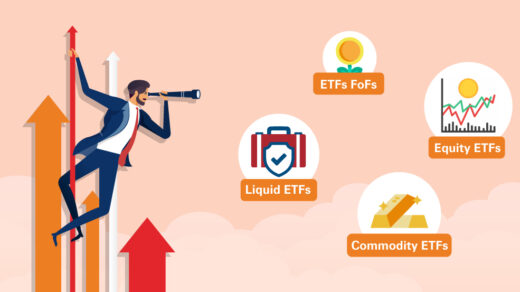In the ever-evolving landscape of investment, Exchange Traded Funds (ETFs) have emerged as a preferred choice for investors seeking diversification, professional management, and transparency.
The Capital Markets Authority (CMA) has provided a Policy Guidance Note, shedding light on why investing in ETFs can be a prudent decision.
1Diversification:
ETFs offer investors a gateway to diversified portfolios. These funds can hold a multitude of individual stocks and bonds, potentially spreading risk across various assets. This diversification is particularly beneficial in mitigating the impact of poor performance in any single investment. ETFs, through their structure, provide investors access to assets that were previously unavailable, such as gold.
Professional Management:
One of the significant advantages of ETFs is the expert management they entail. Investors do not need to micromanage each investment within the fund. Fund experts handle the day-to-day management, ensuring that the fund aligns with its objectives. Daily reporting to investors through the Nairobi Securities Exchange (NSE) keeps them informed about the fund’s performance and holdings.
Liquidity:
ETFs share the same liquidity benefits as stocks and bonds listed on the NSE. Investors can buy or sell ETF shares at market prices throughout the trading day. This feature enhances flexibility and ensures that investors can readily enter or exit positions.
Lower Cost:
Funds that track an index, such as ETFs and index mutual funds, generally have lower expense ratios compared to traditional mutual funds. This cost-efficiency is a compelling factor for investors looking to maximize returns while minimizing expenses.
Transparency:
Transparency is a hallmark of ETFs. Backed by their underlying assets, issuers provide investors with a factsheet that details the exposure and Net Asset Value (NAV) calculation methodology. This level of transparency contrasts with unit trusts, which often offer limited information on current holdings. ETFs, through regular reporting, empower investors to track performance effectively.
Investor-Owned Assets:
ETFs implement a trust arrangement with a CMA-approved trustee, ensuring that investor-owned assets are safeguarded. In the event of insolvency by the ETF manager, administrator, or issuer, the trust arrangement legally protects these assets. While owning an ETF does not grant voting rights at Annual General Meetings (AGMs) of underlying securities, investors gain the assurance that their assets are ring-fenced and exclusive to the ETF.
Conclusion
In conclusion, the CMA’s Policy Guidance Note underlines the compelling reasons to consider ETFs as a strategic investment. From diversification and professional management to liquidity, cost-efficiency, transparency, and asset protection, ETFs present a holistic solution for investors navigating the complexities of the financial markets.



